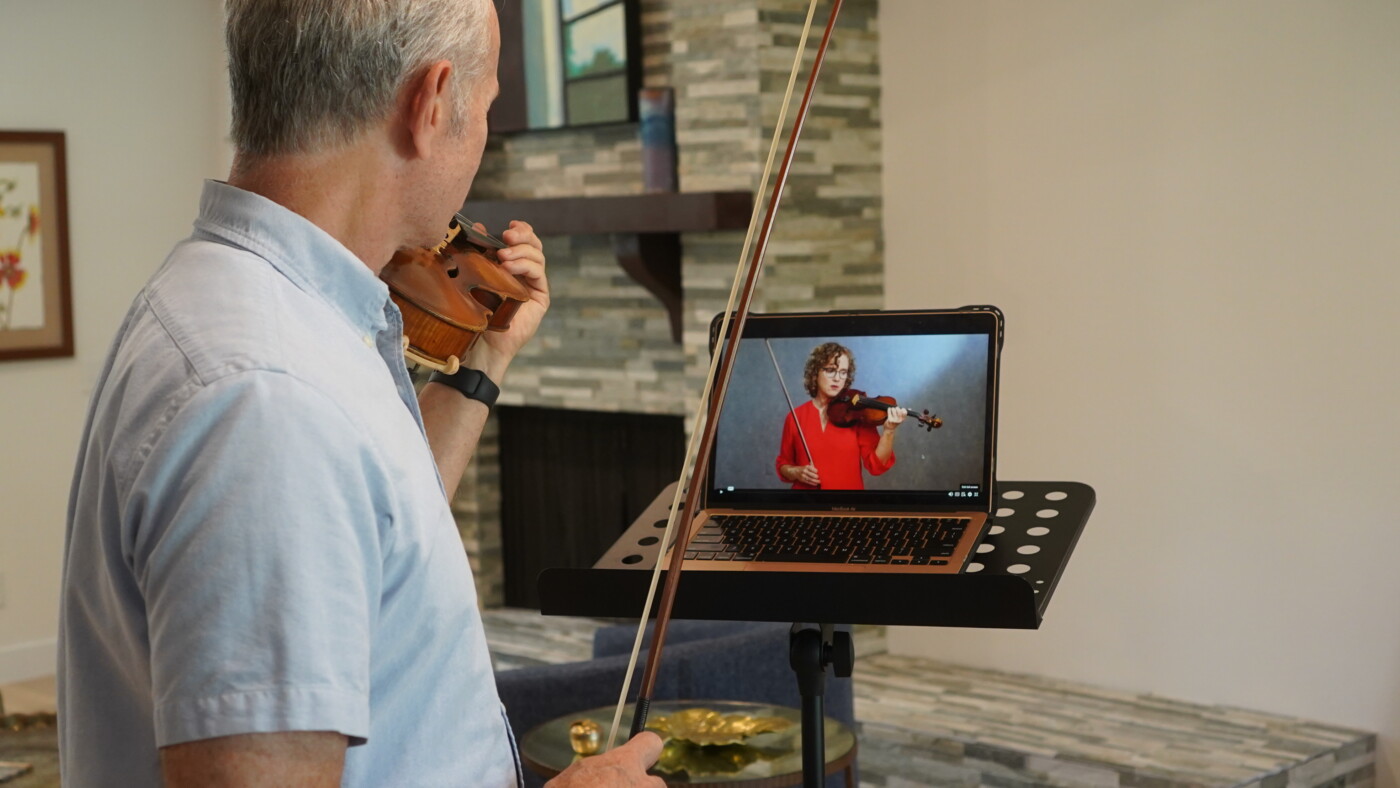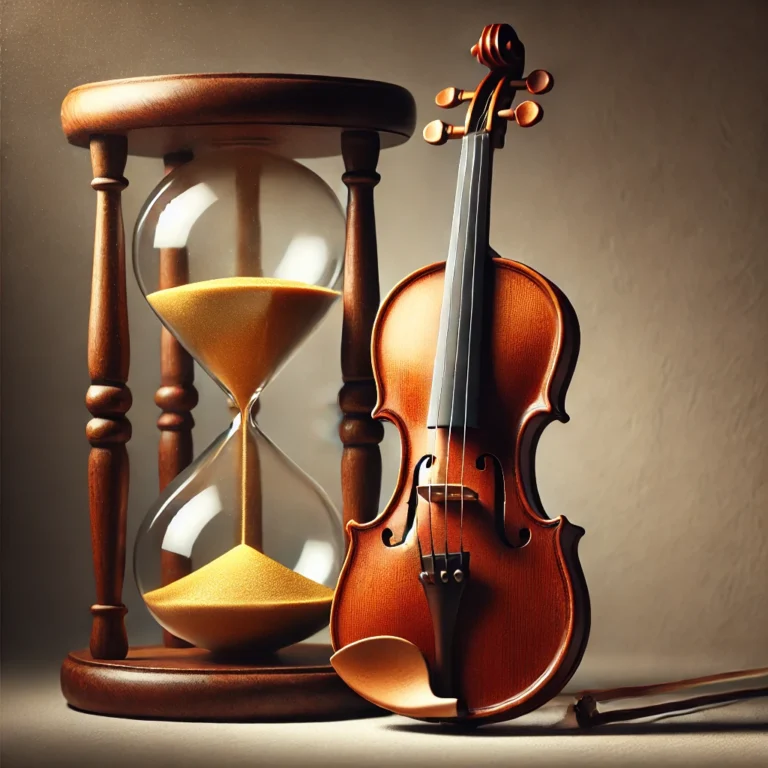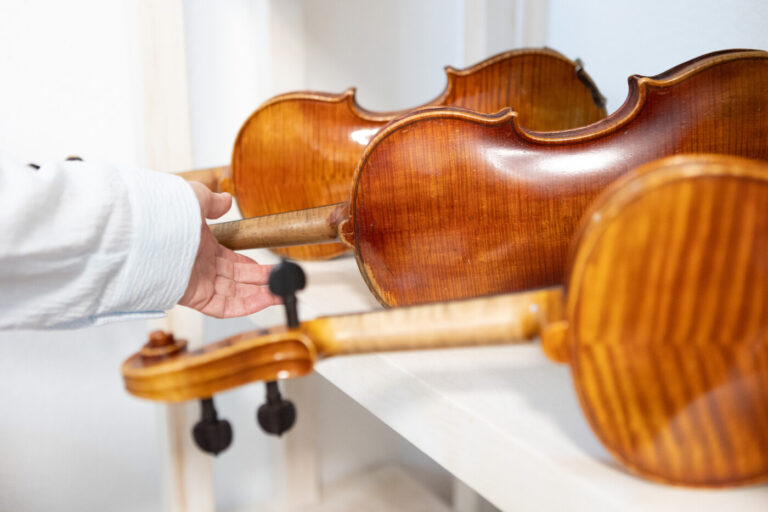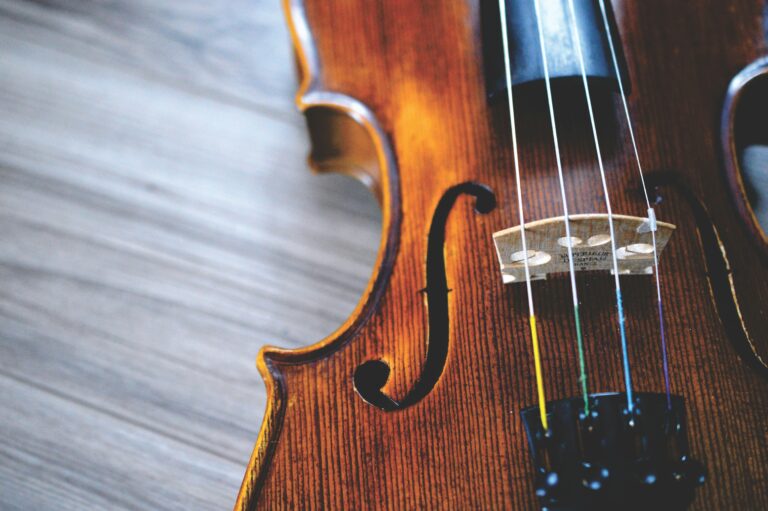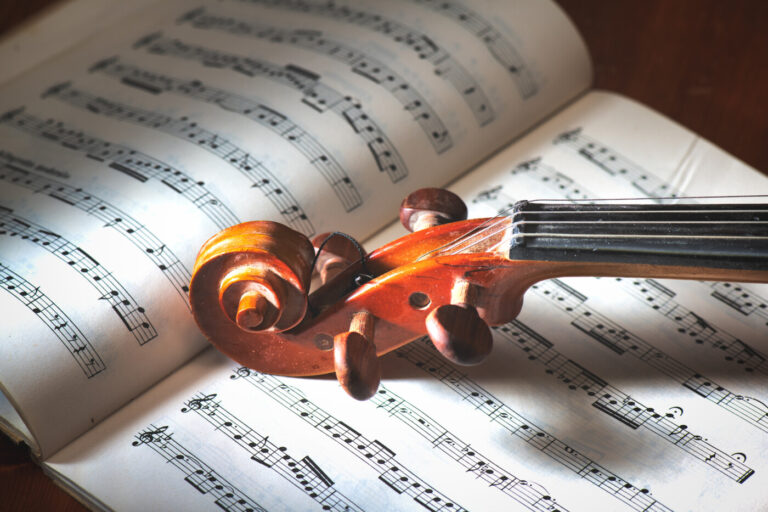The Joys and Challenges of Learning Violin as an Adult
A pervasive myth in our society is the belief that children are automatically best suited at picking up new skills, especially when it comes to musical instruments like the violin. What most people don’t realize is the majority of kids enrolled in music programs quit or never achieve advanced levels of playing.
The small subset of kids that do excel, have benefitted from many years of consistent instruction, intense parental support, and countless hours of practice. Many people underestimate the dedication and time required for children to become proficient, and tend to assume that kids are just naturally going to be great at whatever they do.
Advantages of the Adult Mind in Learning Violin
Adults however, are super learners and can make incredible initial progress in a short amount of time. They bring a wealth of life experience and knowledge to the practice session:
- Prior Success: Adults have learned and mastered a wide variety of skills throughout their lives, and have experienced success, both in the professional and personal lives. They’ve essentially learned how to learn. They are better at recognizing weaknesses in their abilities and so therefore are better at problem solving. This makes progress faster.
- Commitment and Motivation: Every student, regardless of age, has trouble sticking to practice schedules. But adults have more agency with prioritization and tend to have a more lasting commitment to practice. Kids might have parents ensuring that they practice, but adults choose to learn violin out of a genuine interest or lifelong dream. This intrinsic motivation can drive adults to stay committed, even when faced with difficulties.
- Better Organization Skills: Adults are exceptional at synthesizing information and putting abstract concepts into practice. They avail themselves of resources and stay motivated to use them. For example, they use Musescore to create exercises for scale practice. Additionally, they will subscribe to blogs and websites related to all things violin to deepen and expand their learning experience.
Who are Adult Learning Violinists?
The adults studying violin on Violin Lab fall into one of two general categories: total beginners, and those returning to the violin, often after a long haitus.
Newbies
- Life-long Dream: These violin learners have had a burning desire their whole lives to play violin. Perhaps they didn’t have the opportunity as a kid and have always loved the sound of the violin and now have the time and resources to pursue this life-long dream.
- Brain Health: These folks value lifelong learning and embrace the challenge of learning violin. Around the age of 60, they look down that aging path and make the decision to keep their minds young and plastic.
- Social Connection: These music lovers Adults who want to enjoy making music with others and aspire to play in an ensemble, from the community orchestra to a neighborhood fiddle jam.
Coming back to the violin later in life
- Long Hiatus: Adults who played as a child, often through high school, then stop to pursue other goals. As adults, they want to reconnect to their musical past, but now on their terms.
- Improving Amateur: Adults who have played violin for a long time, often having started in their middle school orchestra programs, but did not pursue music in college. Violin has always been a part of their lives, but are now ready to refine their skills and undo bad habits.
Challenges for Adult Violin Learners
The irony is that in spite of the learning advantages of an adult mind as previously mentioned, these very assets create their opposing set of challenges.
- Abundance of Frustration: Since adults are experienced at achieving high degrees of success, they often have much higher expectations for themselves. If expectations are too high, they can be disappointed by how much practice and work it takes to become proficient and begin to feel defeated and frustrated that they aren’t improving as fast as they had hoped.
- Stiffness and tension: While the adult body is certainly not as pliable as a young child, most adults have more than adequate flexibility to learn the play well. Tension on the other hand is the negative manifestation of trying to do too much too soon, which is a very common occurrence in adult learning. The desire to improve quickly will inevitably create tension.
- Time Constraints: While better at organizing their time, adults also have more responsibilities, which can make finding consistent practice time challenging. Often life “gets in the way” and limits the amount of time for practice.
Overcoming Common Challenges
Feeling frustration with progress and making plenty of mistakes is certainly a part of learning any difficult musical instrument like the violin. Adults generally feel a heightened sense of frustration because they bring the full force of their intellect to the practice session, so it is mystifying why things don’t go well. To overcome these challenges, it is important for adult learners to:
- Set realistic goals: The saying “Rome wasn’t built in a day” is more than apt in describing the long trajectory of becoming a competent violinist. Realize that tiny improvements are significant, and that they accumulate over time. You never see a tree grow, but you notice over time how big it has grown. Your technique is the tree and your concern is to nurture the tree.
- Trust the Process: Violin programs like Violin Lab, Suzuki method, and other comprehensive studies base curriculum on centuries of the best pedagogical practices. As adults, it is easy to believe that as long as the intellect understands the concepts, skipping ahead or rushing through lessons covering basic skills boots progress. Remember that the body takes much longer to learn and that building strong fundamentals will make for quicker progress later.
- Seek Support: Although adults are incredible at self guiding and are capable of making huge progress using well designed internet resources like Violin Lab, receiving feedback from a qualified teacher is one of the most effective way for anyone learning violin to move forward. Teachers are able to spot things that are difficult for a violin student to notice on their own.
Options for Private Violin Lessons
Finding a private teacher that accepts adults students can be difficult. Most teachers train to teach young children and may feel like they lack pedagogical expertise in adult learning. If they do accept adults learners, they often use the same methods and processes they would use with a 5 year old.
Places to look.
- Ask your local music store. They usually know the prominent teacher in town.
- Google search.
- Reach out to a community orchestra or ensemble and inquire about teachers specializing in teaching adults.
The First Lesson
Before setting up the first violin lesson, ask for a one-off. During the lesson listen for clues or responses that would indicate they value the following points:
- Cares about understanding your goals and is excited to work with you to achieve those goals.
- Uses a variety of teaching material and chooses repertoire and exercises that cater to your needs as the student. (If they use the Suzuki method exclusively, find another teacher).
- Understands that adults have busy schedules and is willing to be flexible with lesson schedules.
- Encourages your questions and is happy to answer them. If they seem fidgety when you asked technically detailed questions, then find another teacher.
Online Private Teaching
There are many online violin learning platforms in addition to a multitude of Youtube videos on how to play violin. But for personal feedback you will need direct contact with a qualified instructor. Admittedly, the person writing this blog has been honing the craft of adult violin teacher for 15+ years and encourages you to try a Premium membership with includes monthly video exchange.
Why the Video Exchange Model Works So Well
The video exchange model offers a unique depth of focus and intention that online Zoom lessons can miss.
For students, recording a video allows you to carefully consider what you want to showcase, ask specific questions, and even redo parts to capture your best work. This opportunity to reshoot and refine your submission encourages self-assessment. When you review your own video, you become more aware of aspects of your playing—like bow control, intonation, or posture—that may not be as obvious during live practice.
From the instructor’s perspective, video exchange provides the flexibility to engage deeply with your performance. I can rewatch a section of your video, slowing down a spot to focus on subtle details that might be harder to address in real-time. This process allows for a more thorough, personalized response, highlighting aspects of your technique or musicality that may go unnoticed in a traditional lesson format.
In short, video exchange transforms the learning experience into a more intentional, in-depth exchange of ideas and insights, helping you progress at a pace and with a focus that best meets your goals. Plus, the habit of self-critique through video review cultivates a sense of awareness and precision in your playing, accelerating your development as a musician.
Congratulations on reading through the entire blog! As a thank you, I have an exclusive offer for you: sign up for a Premium membership at the price of a Basic membership for your first month. Simply enter code TRYPREMIUM at checkout and select the Premium membership option. This gives you a month to submit a video for personalized video exchange. If you’re not 100% satisfied with my feedback, I’ll provide a full refund—no questions asked!
